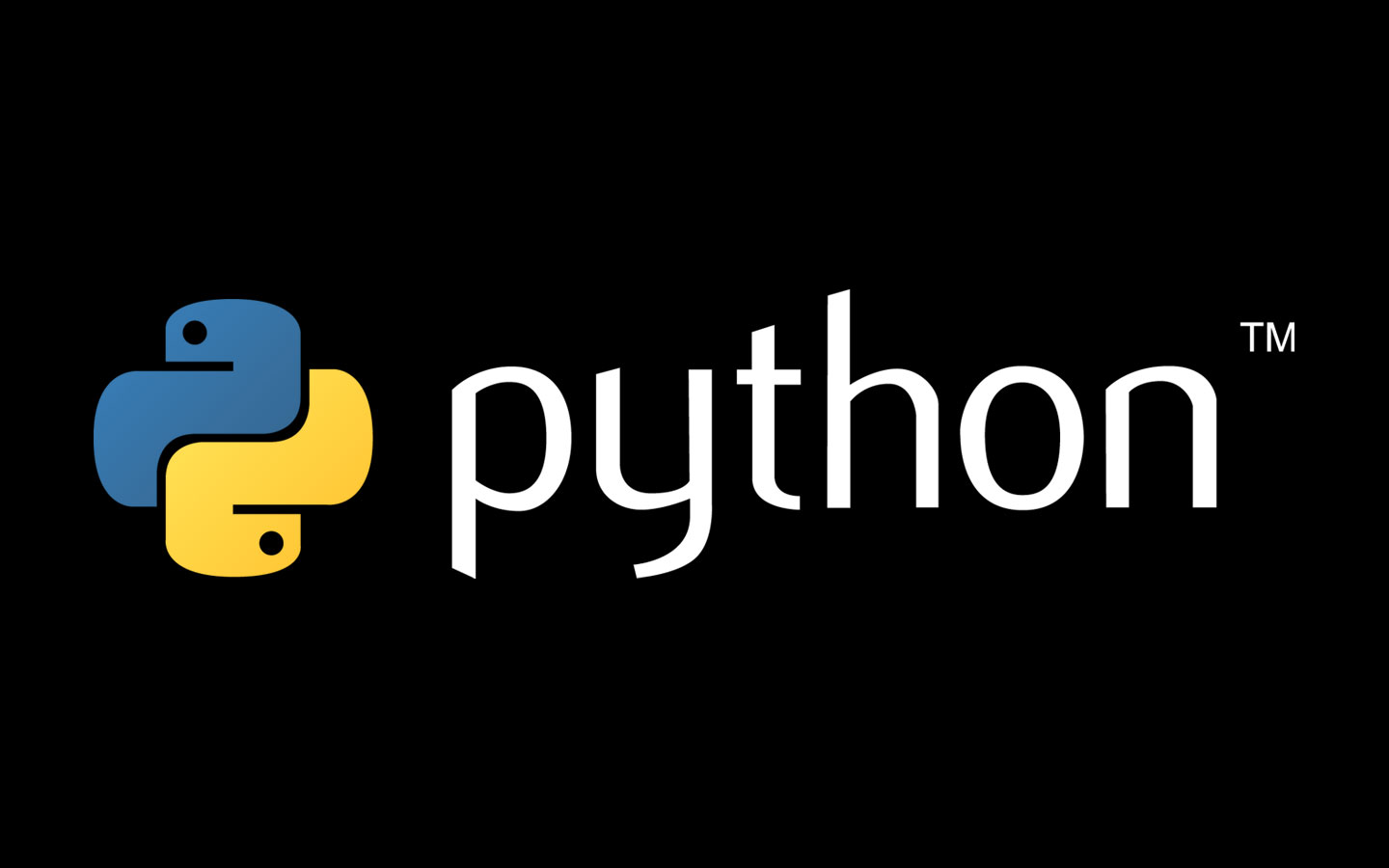
With the introduction of new programming languages every so often, it becomes difficult to choose a language that suits your scripting and programming needs. Though python has been around for past many years, it gained popularity in recent years, mainly because of its much lighter and more flexible nature. Python is a general-purpose, object-oriented, interpreted and high-level programming language.
So, what makes it different from other programming languages?
Well, like any other scripting language python also makes use of syntax and dynamic typing, however it comes with an interpreter which is incorporated with new functions and data types implemented in C or C++. Apart from that, Python programming gives you a wide range of possibilities.
Python programming offers more scalability:
From web applications and websites to desktop applications and system administration, python is used in different industries and for many different purposes. In 2007 YouTube switched from PHP to Python for flexibility purposes, stating that “Python offers scalability”.
Python reduces time-to-market:
Though the python program is usually expected to run slower than Java program, it takes lesser time to develop and create. Python programs are generally 4-5 times shorter than Java programs which make it suitable for companies where products are supposed to launch rapidly with utmost customer satisfaction.
Python is free of cost:
Like PHP, python is also an open source programming language, and thus is free to use. The open source license enables unhampered use, alteration and redistribution of the code commercially or personally. In addition, it also helps in reducing up-front project costs.
Easy integration:
Python makes it simple to create web services, and can invoke CORBA or COM components. It uses all common internet data formats and protocols, and offers robust process control capabilities.
Reusability:
re-usability is the major concern of any experienced developer. Python is one of those languages that encourage the program re-usability by carefully utilizing program modules and packages. Python comes with an extensive range of modules and packages, and provided as the standard python library. There is also a wide range of third-party libraries offered for python programming which makes it more convenient and easy to use.
Python is dynamic in nature:
Python’s dynamic nature is the major aspect that makes it a friendly and easy to code language. Python programmings offer features such as reflection, easy introspection, and dynamic typing which reduces the programming time and make the coding easier.
Productivity:
In comparison to other programming languages available today, one can get a lot done in few lines of python programming. You can accomplish a task in less code than any other language every time, which in turn increases the productivity and reduces the effort.
The future of Python
With all of the above points taken into consideration, python seems to have a bright and clear future. There is a good reason why companies like YouTube, Bank of America, Friend Feed, Reddit and Quora changed their platforms to python, its powerful and robust.
Being an easy and simple language to learn, python is the preferred choice for teaching at various top universities of US. That equates to a constant stream of new developments already skilled in the language.
It’s high time you will consider python as the strongest programming language available today.
Author & Bio: –
Elvin Roy is an expert wordpress developer cum writer. She is associated with Wordsuccor, a WordPress Development Company which also giving proficient theme & templates customization services across the globe.


Python is certainly one of the easier languages to learn. Practical applications can be developed within a very short period of time (hours) as opposed to days or even weeks with other languages.
The Python community is also extremely helpful and open, offering numerous resources that simply can’t be found on the same scale as other popular languages – and the number of modules continues to grow.
That Python runs on all of the major platforms makes it even more attractive. Execution times may be lagging behind compiled languages, but the complexity of what can be accomplished in such a short time is amazing.